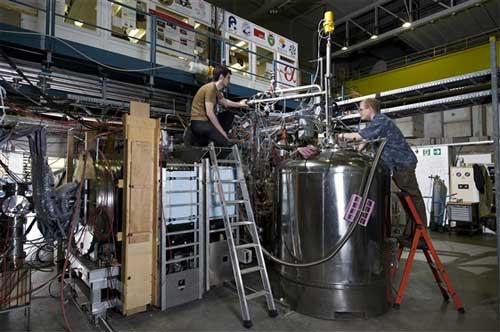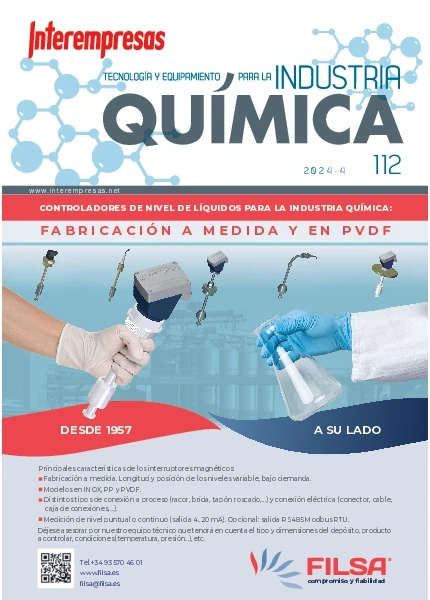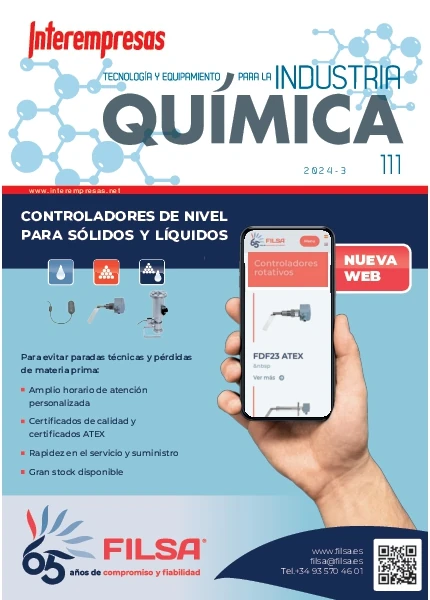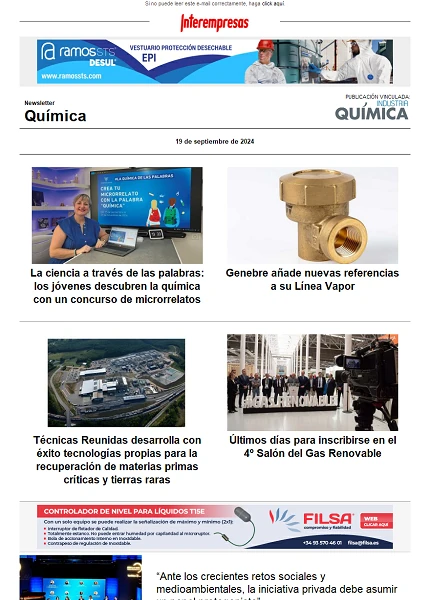The European Laboratory of physics is a step closer to unveil the secret of the 'antimatter'
December 9, 2010.
As recorded in a statement provided by the above-mentioned Centre, the objective is to produce the greatest possible number of atoms of antihydrogen and keep them separated from the matter the time out to study them. The revolutionary experiment that could achieve this is the so-called 'Asacusa', which has developed an innovative technique to study the antimatter thanks to a magnetic particle trap that has managed to produce a significant amount of atoms of antihydrogen in flight.
"With all these different methods to produce antihydrogen, the matter will not take to reveal its secrets" explained Yasunori Yamazaki, one of those responsible for investigation of the Asacusa. This experiment is complementary to the 'Alpha' and the 'Atrap', which are also developed in the European laboratory. In all cases, the aim is to create sufficient quantities of antimatter in order to examine it and compare it to the field which, under normal conditions, is annihilated.









































